The job market evolves constantly. Fueled by the rapid growth of technology, industry demands critical 21st century skills. Today’s students must be prepared for jobs which do not yet exist. It is estimated that 85% of jobs that will exist in 2030 haven’t even been invented yet (Institute for the Future, 2017). “New categories of jobs will emerge, partly or wholly displacing others” (World Economic Forum, 2018).
Tomorrow’s workforce must be adept critical thinkers. They must problem solve and innovate lest they be replaced by robots. There is a pressing need for educators to provide diverse experiences in science, technology, engineering and mathematics (STEM) — connecting passions to careers.
Technology offers a wide range host of new career fields that may seem of science fiction, but no… They are, in fact, on the brink of reality:
AR Developer
Have you ever used Snapchat? Then you’re already familiar with augmented reality (AR). In short, AR can transform the world around you, “adding imaginary elements into the real world for you to interact with” (Career In STEM, 2020).
Augmented reality is sweeping industries including education, manufacturing, retail, sports and medical fields. Try on the latest fashions from the comfort of home or bring textbooks to life; AR developers create experiences to reconceptualize activities that have been limited by proximity until now.
As staying home becomes the new normal, augmented reality will remain in high demand. AR developers need a bachelor’s degree in software development or a related field. They can expect to earn over $106,000 annually.
Workplace Productivity Manager
The world is digital and increasingly distracting. Where loss of productivity is directly correlated with loss of revenue, companies need employees focused on critical tasks.
The responsibilities of a workplace productivity manager could include:
- Researching and implementing ways to reduce unnecessary screen time
- Devising virtual experiences to keep employees motivated and connected
Workplace productivity managers should have postsecondary credentials in human resources or a related field. They can expect to earn over $117,000 annually.
Drone Traffic Controller
The Federal Aviation Administration (FAA) reports there are approximately 40,000 plane flights, on an average day, in the United States alone. To service that volume, there are more than 14,000 air traffic controllers recognized by the FAA.
Now imagine this:
How many air traffic controllers would be needed to manage drones that carry the almost 7 million Amazon packages a day across the U.S.?
That’s a lot of jobs!
To manage drone traffic will be a huge undertaking. With the rapid development of these technologies, thousands of drone-related jobs will soon be available. Develop technology and strategies to manage drone swarms. Check the registration of vehicles in flight. And work with maps and data to monitor drone traffic. Drone professionals will need technology, data analysis, logistics and multitasking skills.
Drone pilots are also in high demand, often earning over $87,000. With a high school diploma, a love of the outdoors, and hands-on training, anyone can explore careers in drone technology. Could you pass the test?
Nanobot Programmer
Robots can make drinks at a cafe. They can manufacture products in an industrial setting. But what if these robots were so small that you couldn’t see them? A nanobot is a relatively new type of robot the size of a nanometer; that is 10 million times smaller than a centimeter!
Nanobots could be deployed inside the human body — to deliver targeted medicines, attack cancerous cells or collect internal data on a specific problem. The application possibilities are endless. Related career pathways may include medicine and healthcare, as well as pollution monitoring and cleanup.
The need for people with expertise in nanobot technology is growing rapidly. The field lies at a unique intersection between robotics, computer science and helping others.
Nanobot programmers will likely need a bachelor’s degree in a computer science field, with a minor connected to fields of interest (e.g., biomedical engineering, environmental science). Nanobot programmers can expect to earn over $87,000 annually.
These careers represent only a few of the rapidly evolving fields within STEM. Come back soon, to PAGES, a Techniques blog, for our next feature on STEM jobs of the future: engineering!
Jacqui Schlesinger is passionate about STEM education and career development. As a rising high school junior in the Boston area, she is involved with several organizations including Career In STEM, The Math Club of Lexington, her school’s STEM Education Club, and the Masshire MNWB Youth Committee. She also enjoys playing tennis, writing and exploring nature.
Ashley Pereira is a former middle and high school science teacher, and owner of Career In STEM. She creates engaging STEM career exploration resources to prepare middle school students to succeed in future STEM careers.
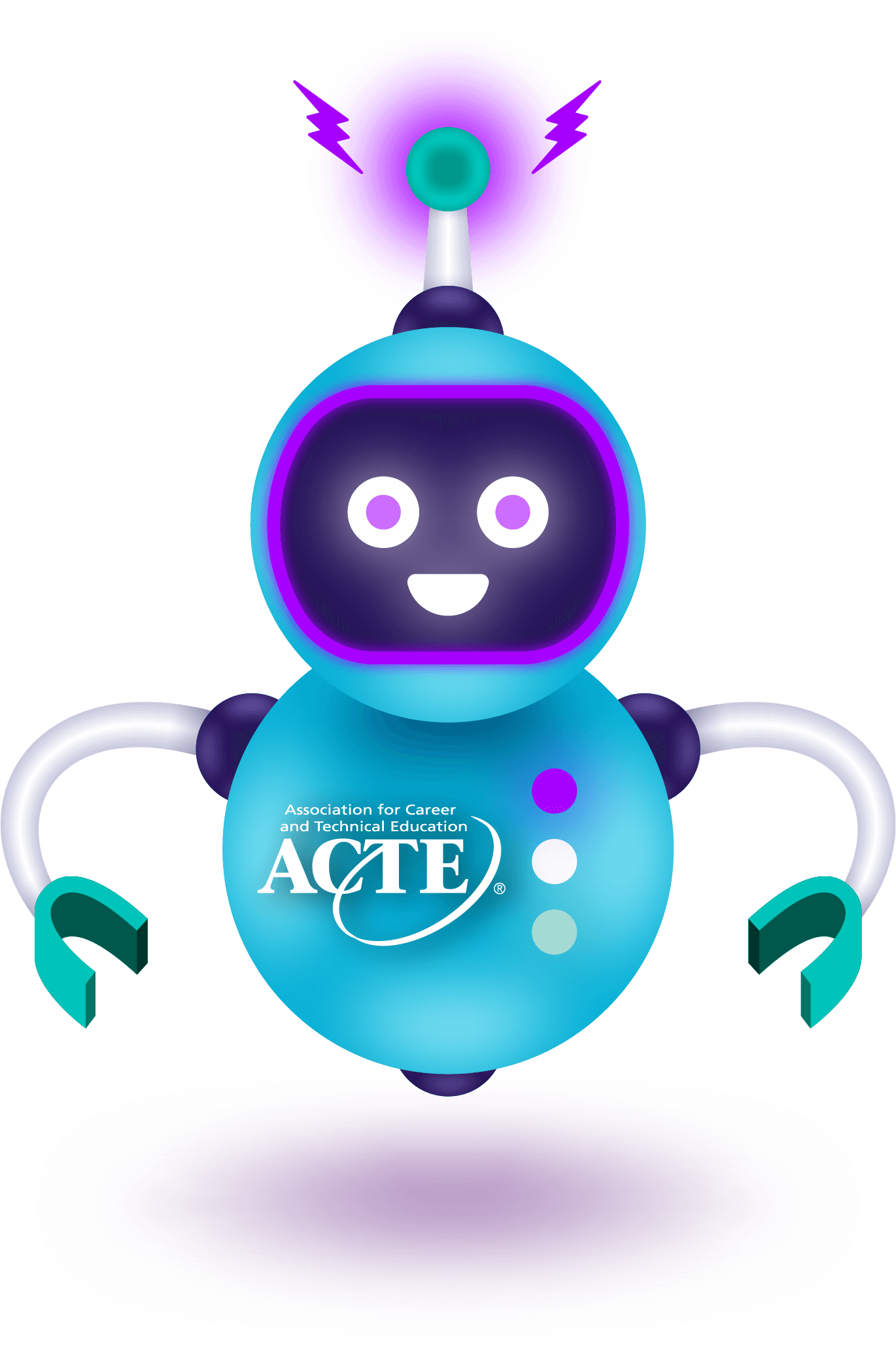

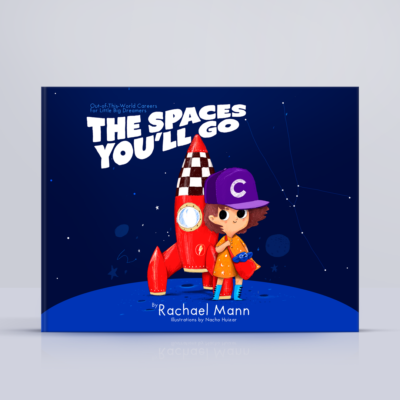
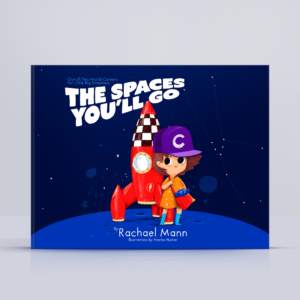 It was a stellar experience for attendees at ACTE’s CareerTech VISION 2019. The event kicked off with an opening general session address from former NASA astronaut Garrett Reisman, and we launched Rachael Mann’s new book,
It was a stellar experience for attendees at ACTE’s CareerTech VISION 2019. The event kicked off with an opening general session address from former NASA astronaut Garrett Reisman, and we launched Rachael Mann’s new book, 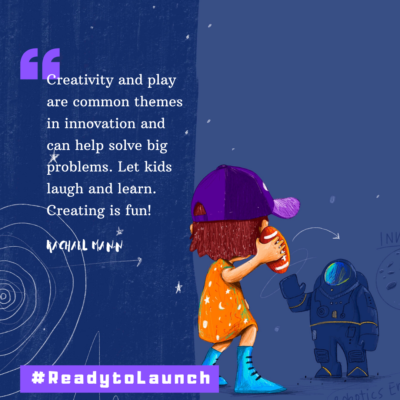
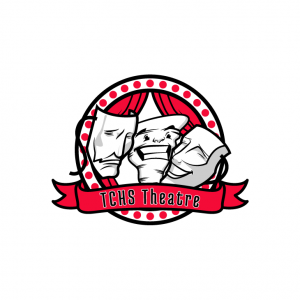
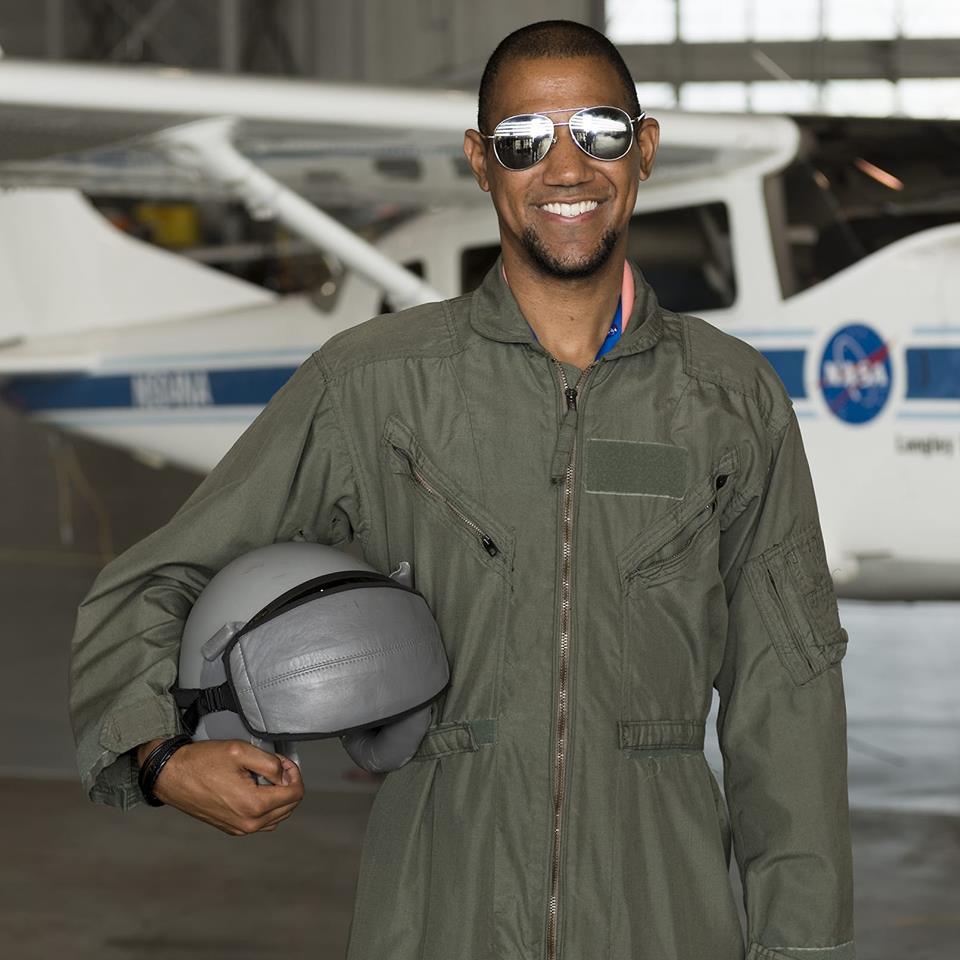
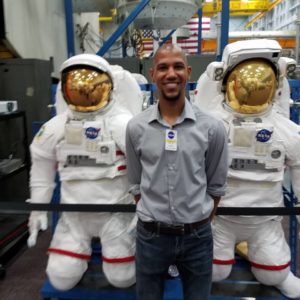 now, I’m working on my master’s degree in robotics and intelligent systems, designing flexible robots that can grab satellites in outer space. In summer 2018 I interned at NASA Langley in Hampton, Virginia. As part of a joint project with Uber, our team built virtual reality simulators for a flying taxi service that Uber plans to offer in the 2030s. I worked primarily as a project manager, but I also helped wire and program the simulator. In addition, our team got to see a lot of the facilities and equipment that helped humans reach the moon during the space race.
now, I’m working on my master’s degree in robotics and intelligent systems, designing flexible robots that can grab satellites in outer space. In summer 2018 I interned at NASA Langley in Hampton, Virginia. As part of a joint project with Uber, our team built virtual reality simulators for a flying taxi service that Uber plans to offer in the 2030s. I worked primarily as a project manager, but I also helped wire and program the simulator. In addition, our team got to see a lot of the facilities and equipment that helped humans reach the moon during the space race.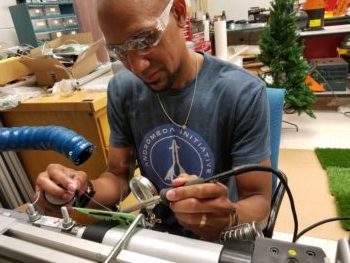 I got the fellowship and spent that summer working in a lab at school on my satellite capture robot. The next year, I applied for multiple internships at NASA and was contacted (and selected!) by the coordinator for the Aeronautics Academy at Langley.
I got the fellowship and spent that summer working in a lab at school on my satellite capture robot. The next year, I applied for multiple internships at NASA and was contacted (and selected!) by the coordinator for the Aeronautics Academy at Langley.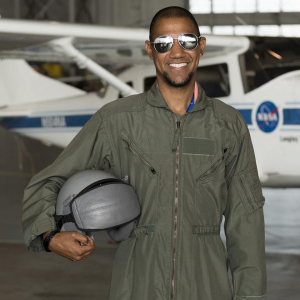 as smart and socially awkward white males, like Sheldon from “The Big Bang Theory.” It’s hard for individuals who don’t identify with those traits to see themselves in STEM careers. If teachers want to inspire more students to pursue science and engineering, I think it’s crucial that they share more stories in the classroom about the diverse people that make up the STEM fields.
as smart and socially awkward white males, like Sheldon from “The Big Bang Theory.” It’s hard for individuals who don’t identify with those traits to see themselves in STEM careers. If teachers want to inspire more students to pursue science and engineering, I think it’s crucial that they share more stories in the classroom about the diverse people that make up the STEM fields.




